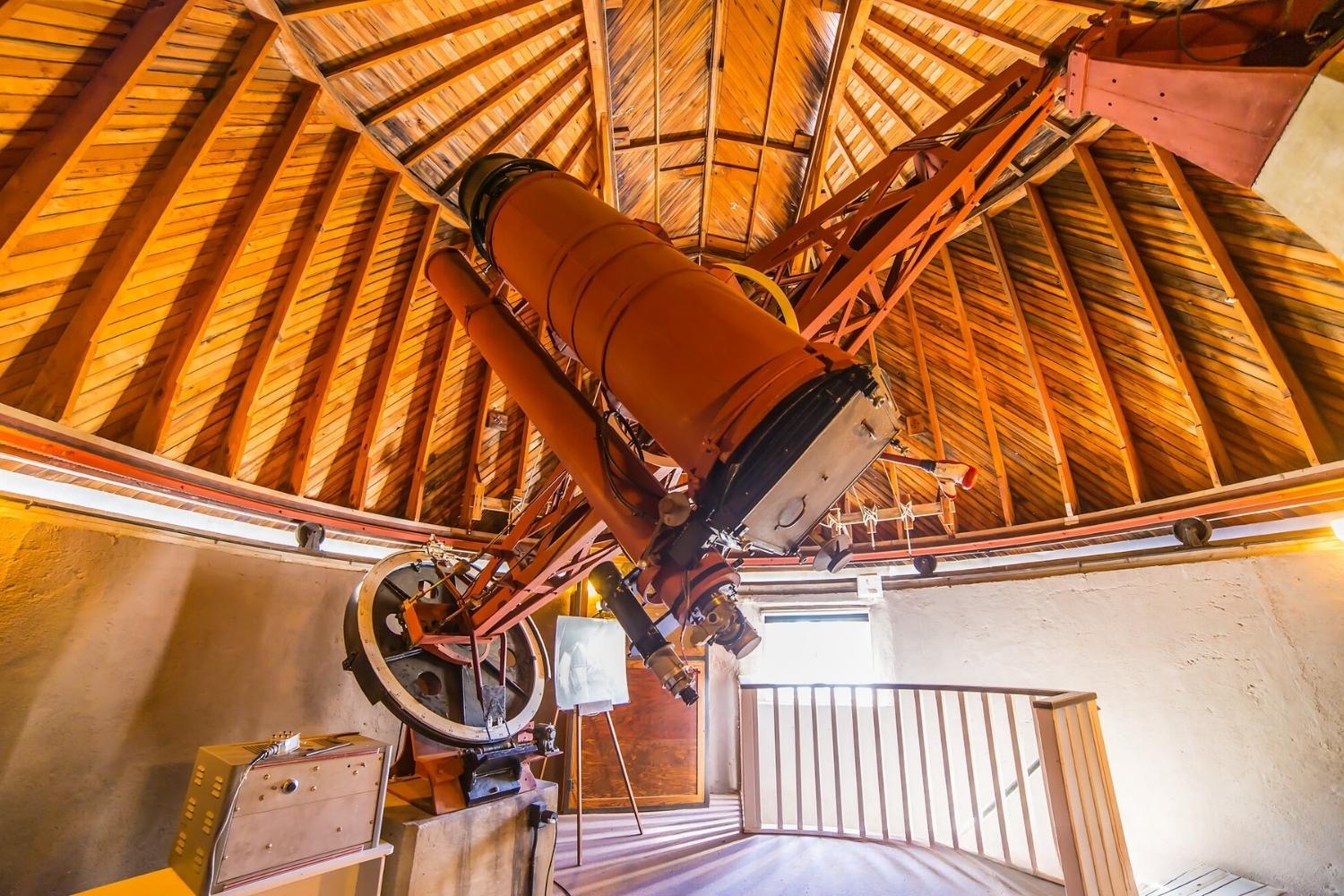Stargaze At Lowell Observatory’s Historic Pluto Telescope

Have you ever wondered where Pluto was first discovered? Lowell Observatory in Flagstaff, Arizona, is the place where Clyde Tombaugh made this historic find in 1930. This observatory, perched high in the mountains, offers a unique chance to gaze at the stars through the same telescope used to spot Pluto. Imagine looking through the lens and seeing the same celestial wonders that captivated astronomers decades ago. Whether you're a space enthusiast or just curious, visiting Lowell Observatory provides an unforgettable experience. Learn about the history of astronomy, explore interactive exhibits, and enjoy breathtaking views of the night sky.
Stargazing at Lowell Observatory
Lowell Observatory in Flagstaff, Arizona, offers a unique opportunity to explore the night sky through historic telescopes. One of the most famous is the Pluto Telescope, where Pluto was discovered in 1930. Here are some of the best spots to stargaze at Lowell Observatory.
1. Pluto Telescope Dome
The Pluto Telescope Dome is where Clyde Tombaugh discovered Pluto. This historic site allows visitors to look through the same telescope used in the groundbreaking discovery.
2. Clark Telescope Dome
The Clark Telescope Dome houses a 24-inch refracting telescope built in 1896. It has been used for many significant astronomical observations, including mapping the Moon for the Apollo missions.
3. Giovale Open Deck Observatory
The Giovale Open Deck Observatory features six advanced telescopes. This area provides a modern stargazing experience with a variety of instruments to view planets, stars, and galaxies.
4. Mars Hill
Mars Hill offers a panoramic view of the night sky. It's a perfect spot for those who want to enjoy stargazing without the use of telescopes. The clear skies of Flagstaff make it an ideal location.
5. Rotunda Museum
The Rotunda Museum showcases the history of astronomy and Lowell Observatory. While not a stargazing spot, it provides context and background, enhancing the overall experience.
6. Putnam Collection Center
The Putnam Collection Center houses artifacts and documents related to the history of astronomy. It’s a great place to learn more about the discoveries made at Lowell Observatory.
7. Steele Visitor Center
The Steele Visitor Center offers educational programs and exhibits. It’s a good starting point for your visit, providing information on what to see and do at the observatory.
8. Anderson Mesa
Anderson Mesa is an off-site location used by Lowell Observatory for research. While not open to the public, it’s interesting to know about the ongoing scientific work conducted there.
9. Discovery Channel Telescope
The Discovery Channel Telescope is one of the most advanced telescopes in the world. Although it’s not located at the main observatory, it represents Lowell Observatory's commitment to cutting-edge research.
10. Starry Skies Shop
The Starry Skies Shop offers souvenirs and educational materials. It’s a great place to pick up a memento of your visit or learn more about astronomy.
Experience the Magic of the Cosmos
Stargazing at Lowell Observatory's Historic Pluto Telescope offers a unique chance to connect with the universe. This iconic telescope, where Pluto was discovered, provides an unforgettable experience for astronomy enthusiasts and casual visitors alike. The observatory's knowledgeable staff and engaging programs make learning about the stars both fun and educational.
Visiting this historic site allows you to witness the same skies that inspired astronomers for generations. Whether you're peering through the telescope or attending a guided tour, the observatory's rich history and stunning views will leave you in awe.
Plan your visit to Lowell Observatory and immerse yourself in the wonders of the cosmos. It's an adventure that promises to spark curiosity and inspire a deeper appreciation for the night sky. Don't miss out on this stellar opportunity to explore the universe from a truly historic vantage point.

